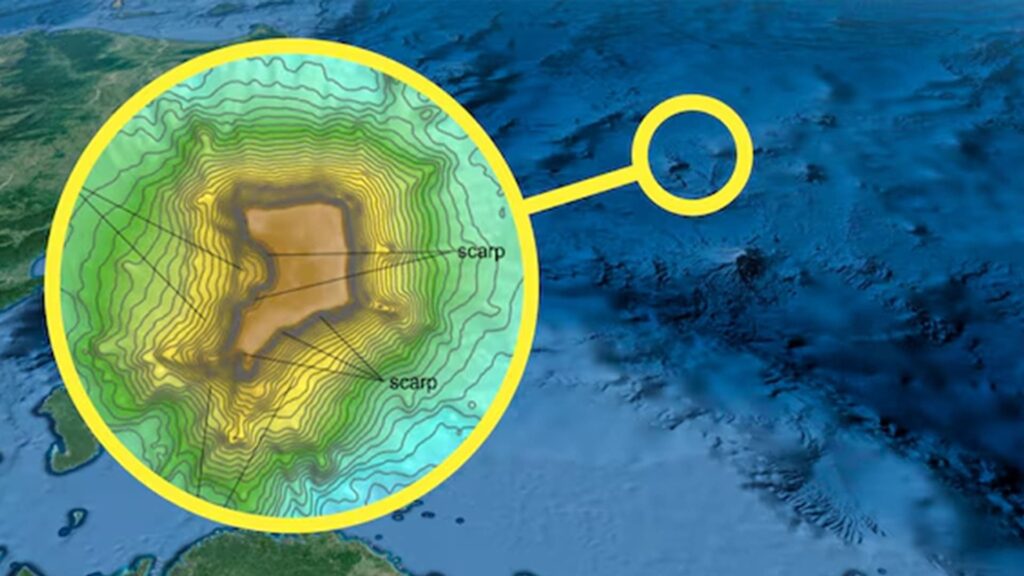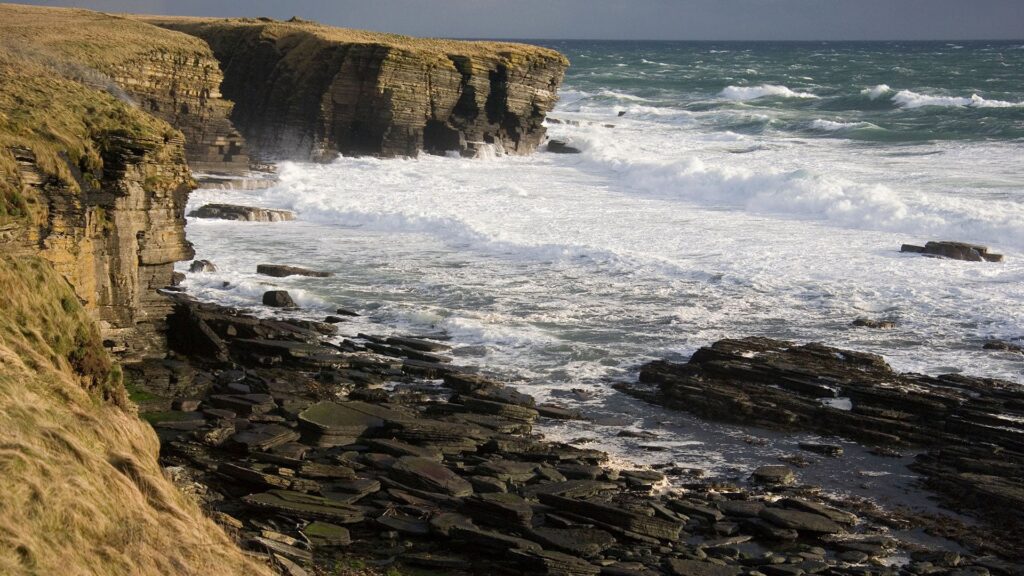A caldera is a fascinating geological structure formed by volcanic activity. These unique landscape features not only have an interesting formation history, but also offer breathtaking views and valuable scientific insights. In this blog post, you will learn what a caldera is, how it is formed and what famous examples there are around the world.
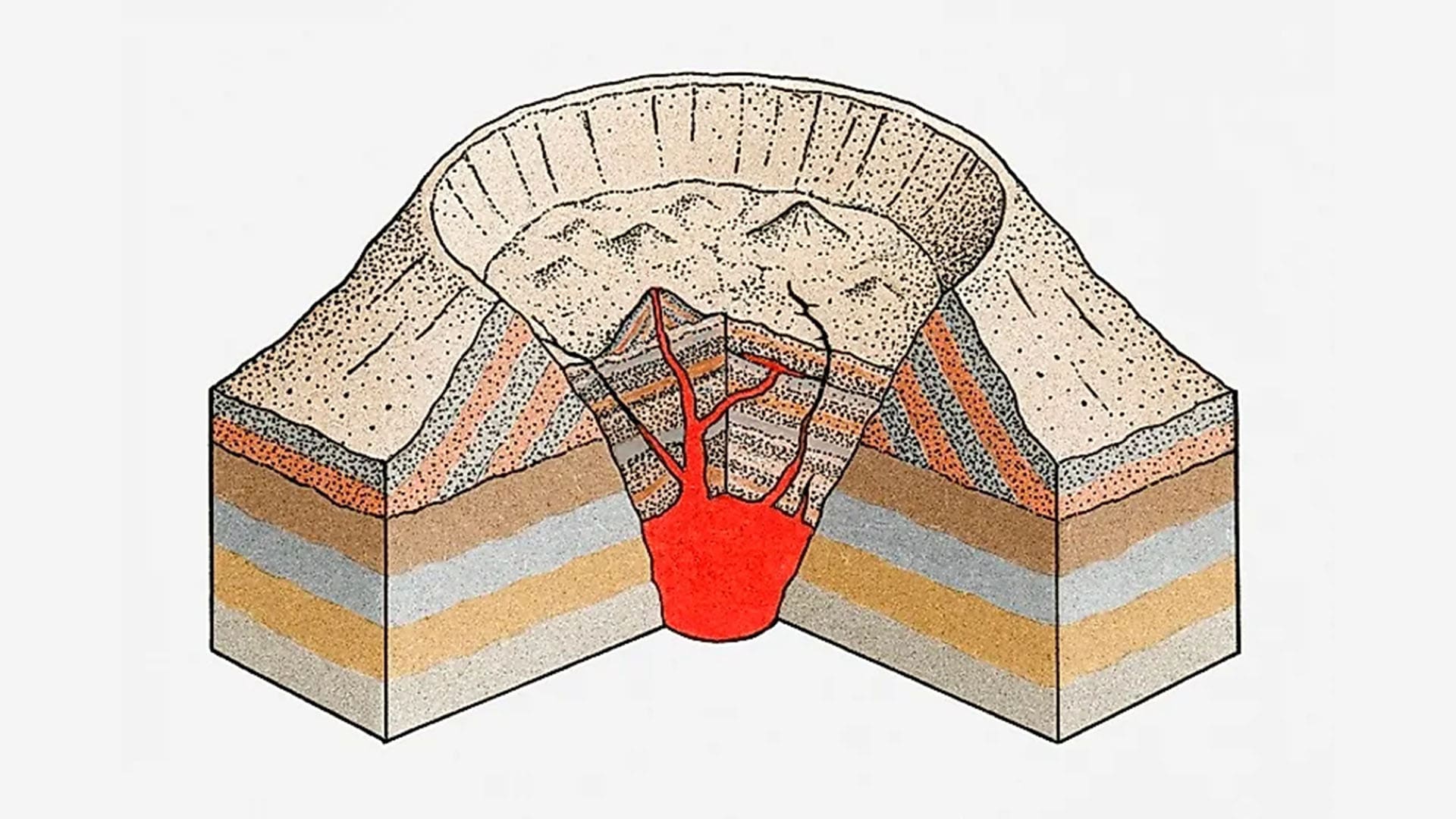
What is a caldera?
The term "caldera" comes from the Spanish and means "cauldron". This term is quite apt, as the shape of a caldera is often reminiscent of a large cauldron or a deep depression. But what exactly is a caldera and what distinguishes it from a normal volcanic crater?
Definition and appearance
A caldera is a large, basin-like depression in the earth's surface that is formed by volcanic activity. In contrast to a typical volcanic crater, which is often relatively small and circular, calderas extend over several kilometers and often have complex, irregular shapes. These gigantic structures can reach an impressive width and depth and are often filled with lakes or other geological features.
Differences to volcanic craters
Although both calderas and volcanic craters are formed by volcanic activity, there are significant differences between the two. Volcanic craters are the immediate openings at the top of a volcano through which lava and ash escape. They are usually smaller and are formed by the ejection of materials during an eruption. Calderas, on the other hand, are formed by the collapse of the entire volcanic structure after a massive eruption and are therefore much larger and more complex.
Complexity and diversity
Calderas are extremely diverse in their appearance and structure. Some calderas are simply large, circular depressions, while others contain complex systems of smaller craters, lava flows and geothermal features. They can also be formed by different types of volcanic activity, including explosive eruptions and slower magma flows.
Meaning and fascination
Calderas are not only geologically fascinating, but also important for science. They offer valuable insights into the processes that take place deep below the Earth's surface. Researchers study calderas to learn more about the dynamics of magma chambers, the history of volcanic activity and the potential risks of future eruptions.
In summary, calderas are impressive geological structures formed by the collapse of a volcano after an eruption. Their size, diversity and the processes that lead to their formation make them a fascinating and important object of study in volcanology.
How does a caldera form?
The formation of a caldera begins with a violent volcanic eruption. During this explosive eruption, a large amount of magma is transported from the magma chamber under the volcano to the surface. As soon as the magma chamber is largely emptied, the volcanic cone lacks the necessary support from below. This causes the volcano to collapse and form a large, usually circular depression. This collapse process can have catastrophic effects on the surrounding landscape and climate.
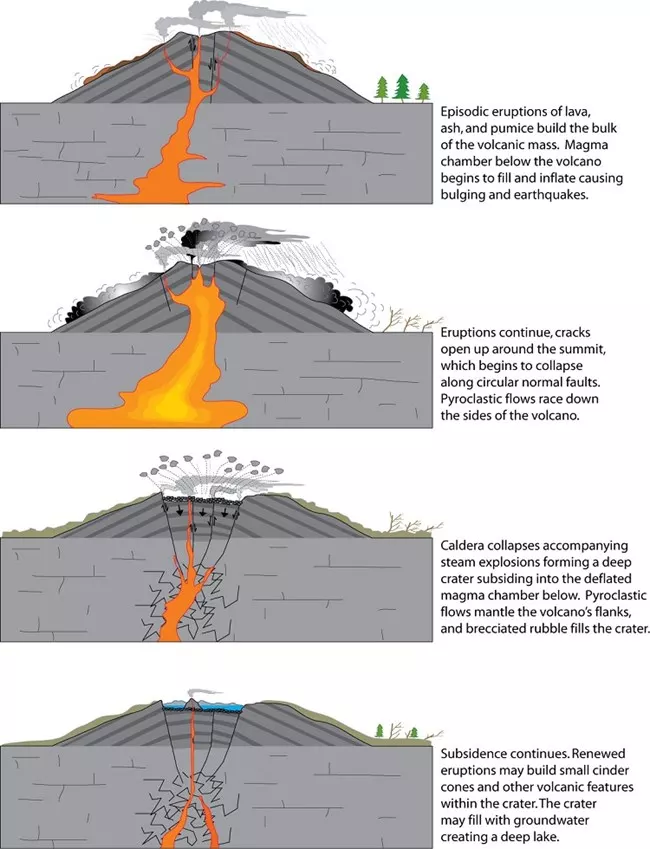
Famous examples of calderas
There are many famous calderas around the world that serve as tourist attractions and research objects. Here are some of the best known:
Crater Lake, USA
Crater Lake in Oregon is one of the most famous calderas in the world. It was formed around 7,700 years ago by the collapse of Mount Mazama. Today, Crater Lake is known for its deep blue water and impressive depth.
Yellowstone Caldera, USA
The Yellowstone Caldera in Wyoming is one of the largest active calderas in the world. It was formed by several massive eruptions over the last two million years. Yellowstone National Park is a popular tourist destination due to its geysers, hot springs and diverse wildlife.
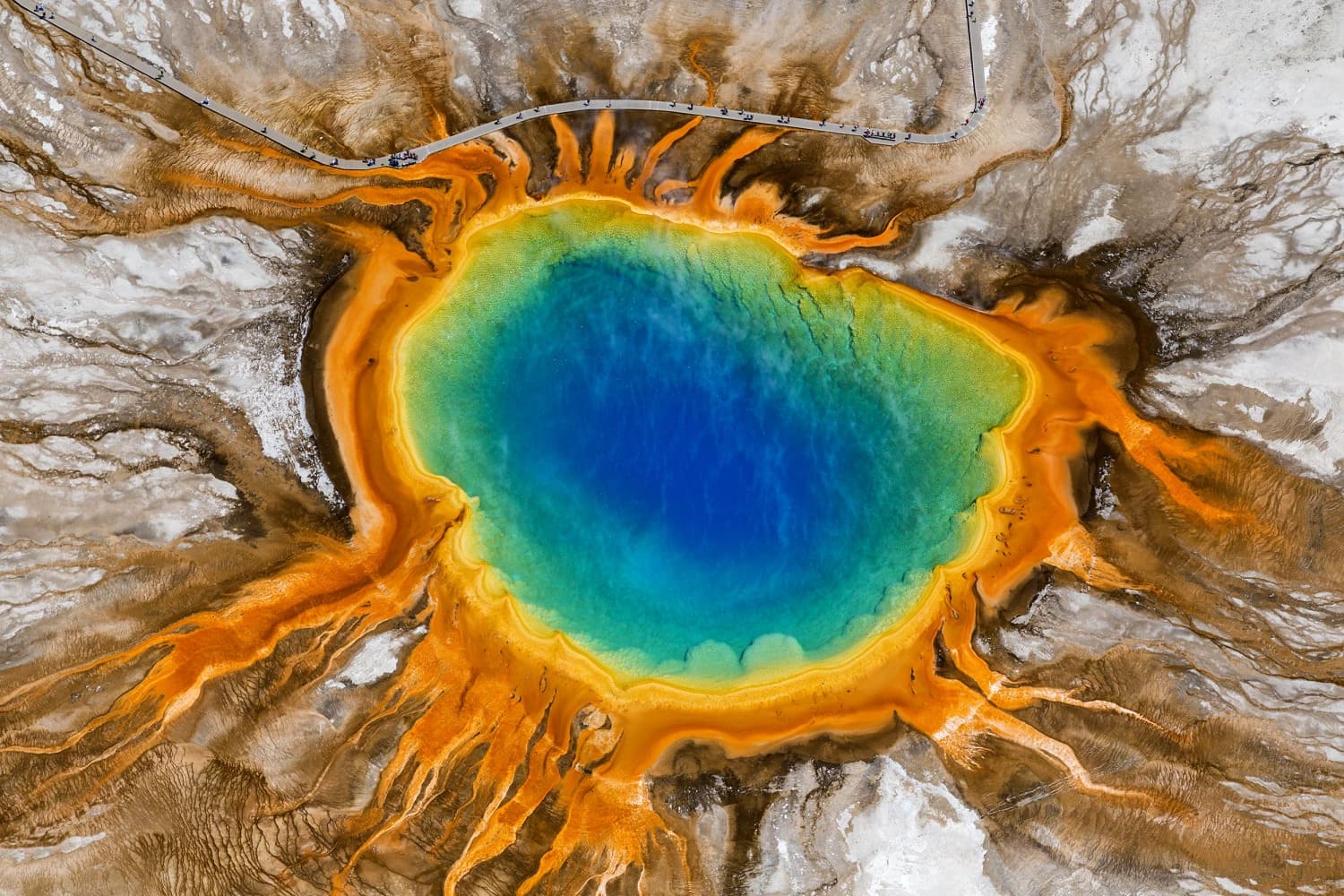
Santorini, Greece
The caldera of Santorini is the result of a massive eruption around 3,600 years ago. This eruption was so powerful that it influenced the Minoan civilization. Today, Santorini is a popular tourist destination, known for its white houses with blue roofs and its spectacular sunsets.
Caldera Apolaki, Philippines
The largest known volcanic caldera in the world was discovered in 2019: it is called Apolaki, has a diameter of 150 km and is located on the seabed of the Philippine Sea, near the underwater volcanic platform Benham Rise.
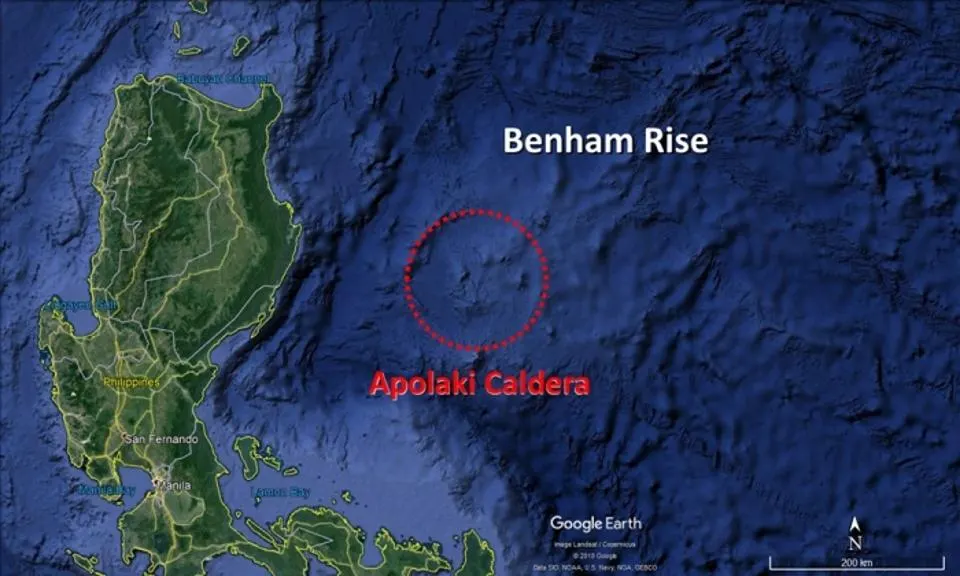
Meaning of Calderas
Calderas are not only scenically impressive, but also of great scientific interest. They offer insights into volcanic activity and the geological history of the earth. By studying calderas, scientists can better understand how volcanoes work and what effects they have on the environment.
Conclusion
Calderas are impressive geological formations created by explosive volcanic activity. They are not only fascinating natural wonders, but also provide valuable information for science. Whether Crater Lake, Yellowstone or Santorini - each caldera tells its own unique story and captivates visitors from all over the world.
If you want to learn more about volcanic activity and geological phenomena, subscribe to our blog and stay up to date!
Sources:
- National Geographic - Calderas
- Britannica - Caldera
- Geology.com - Caldera: Crater Formed by Volcanic Collapse or Explosion
- How Volcanoes Work - Calderas
